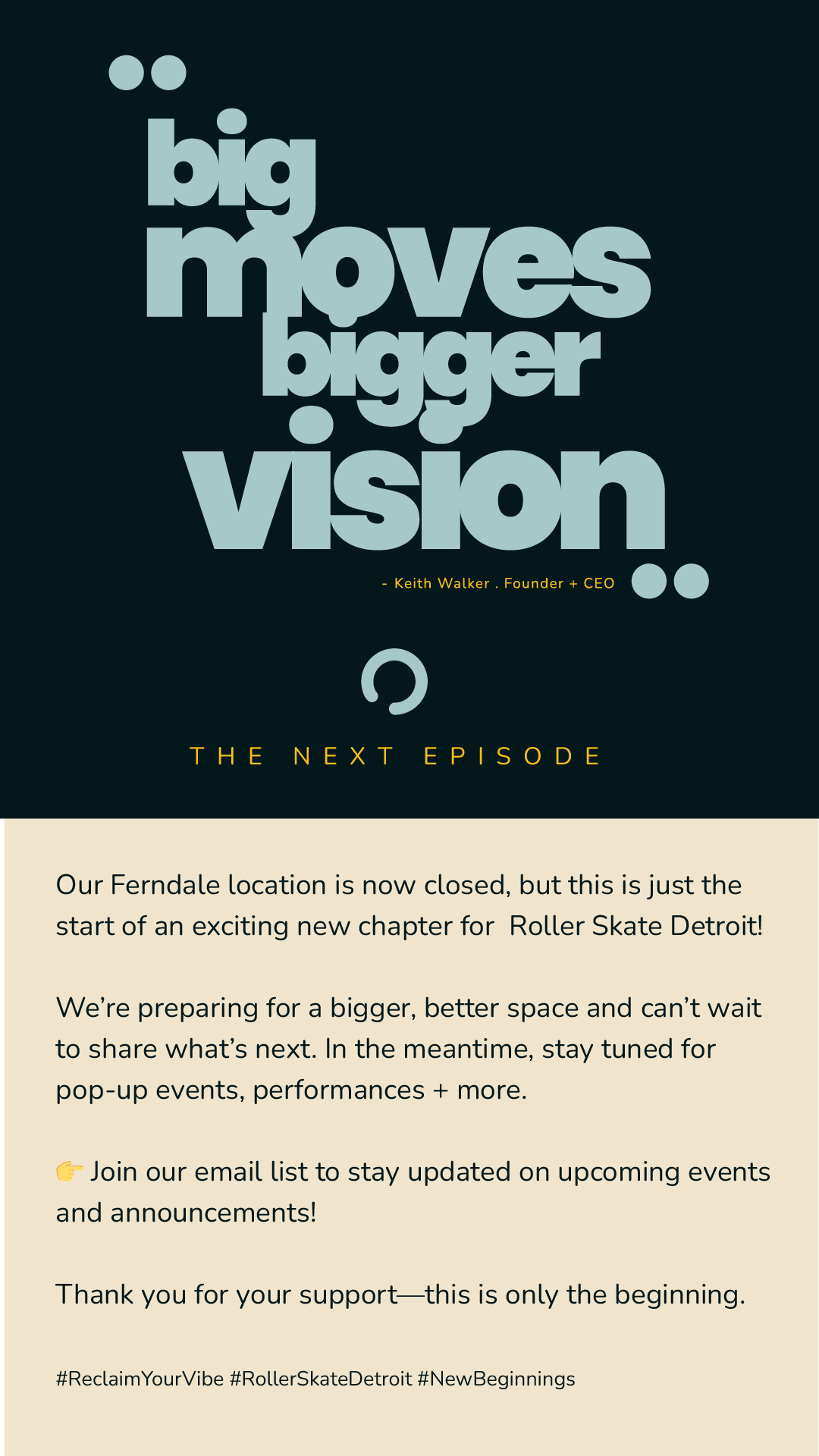
Take Control of Your Process
So you’re not where you want to be. With a strategic step-by-step, you can enjoy the journey instead of wishing you were there already.
- Creating a process and checking in with it regularly is key to long-term progress.
- Breaking it down into five simple principles should help you get it right.
Here’s what you need to know…
Real talk: Hard work isn’t the only thing that stands between you and your goal.
You also need to have a strategic mindset, says Patricia Chen, PhD, an assistant professor in the department of psychology at the National University of Singapore. She recently co-authored three new studies on strategic mindset, which essentially involves stepping back when progress stalls or dwindles to ask yourself one big Q: Is there a better way forward?
Successful people regularly apply this question to their process, the term that captures every intentional thing they do, day by day, to get better and closer to their goals, says Stephanie Cacioppo, PhD, a neuroscientist and the director of the Brain Dynamics Laboratory at the University of Chicago Pritzker School of Medicine.
Process is comprehensive and holistic. It’s not just about your workouts, for example. It’s also about how you prepare and sleep the night before, what you eat, whether you give yourself time to warm up, and how thoroughly you record the details and recover afterward so that you can move the needle an inch more each day. It’s also about asking yourself, fairly regularly, if there might be something you could add, change or remove to improve even more.
By establishing a process, you can find the inner motivation to constantly learn and evolve, plus the confidence to do so, says Dr Cacioppo. It can also make doing the work sustainable and truly pleasurable, because you’re fully plugged in to your purpose and progress in real time, she says. Here’s how to do it.
First, Hone your CRAFT
To develop your process and feel self-assured getting after it, use Dr Cacioppo’s acronym, CRAFT.
- C is for Consistency. As Dr Cacioppo defines it, a consistent person’s performance today meets yesterday’s standards — and sometimes exceeds them.
- R is for Repetition of routines or individual actions (think tackling a strength exercise or making a to-do list in order of importance) so they become automatic.
- A is for Action-planning, or plotting a series of specific to-dos, like scheduling next week’s runs on your calendar, toward your goal. This step can be especially empowering and motivating, says Dr Cacioppo, because it reminds you that you can control where you invest your energy.
- F is for Focus, which Dr Cacioppo defines as simply being “100 percent in the moment,” whether you’re sprinting in a virtual cycling class or stretching afterward.
- T is for Tolerance, of yourself and others (say, your stressed-out roommate), as well as your failures and success. Chasing a goal isn’t easy, so “an athlete’s ability to tolerate physical and emotional pain is key to process,” says Dr Cacioppo.
Then, Apply It
Now that you know what your process looks like, here’s how you enact it.
1. Commit to committing.
By definition, for a process to become a process versus a one-time (or even two-week) event, you need to Repeat the elements it encompasses — say, workouts and healthy meals, or an hour spent learning to read music and another on strumming the chords. If long-term commitment freaks you out or you find yourself unmotivated, remember that every time you check off a task, it becomes a little easier the next go-around, creating Consistency, says Dr Cacioppo.
2. Sharpen your strategy.
Having a process isn’t the same as trying to do it all. (Let’s be honest: No one can.) Successful people zero in on what they want to accomplish and exactly what it takes to do so, says Dr Cacioppo. That’s why many top athletes may “periodize” their training into blocks that Focus on individual components of performance, such as strength, speed or endurance, so one doesn’t interfere with another (and because they’re Tolerant of the fact that they have only so much energy and time).
Instead of trying to multitask to get to the finish line faster, build Action plans that specify how, when and where you’ll do something, called implementation intentions. Research shows these can help you reach one target at a time but are much less helpful when you’re chasing multiples.
3. Let yourself breathe.
Once you’ve established a process that works for you, Dr Cacioppo says it’s OK if some elements start to feel subconscious over time. That’s actually a good thing, she notes: It means you’re adopting healthy habits and giving your high-achieving mind a much-needed break.
It may feel overwhelming to try all of this, but it all comes down to taking things day by day, or even hour by hour. Trust yourself…and trust the process.





